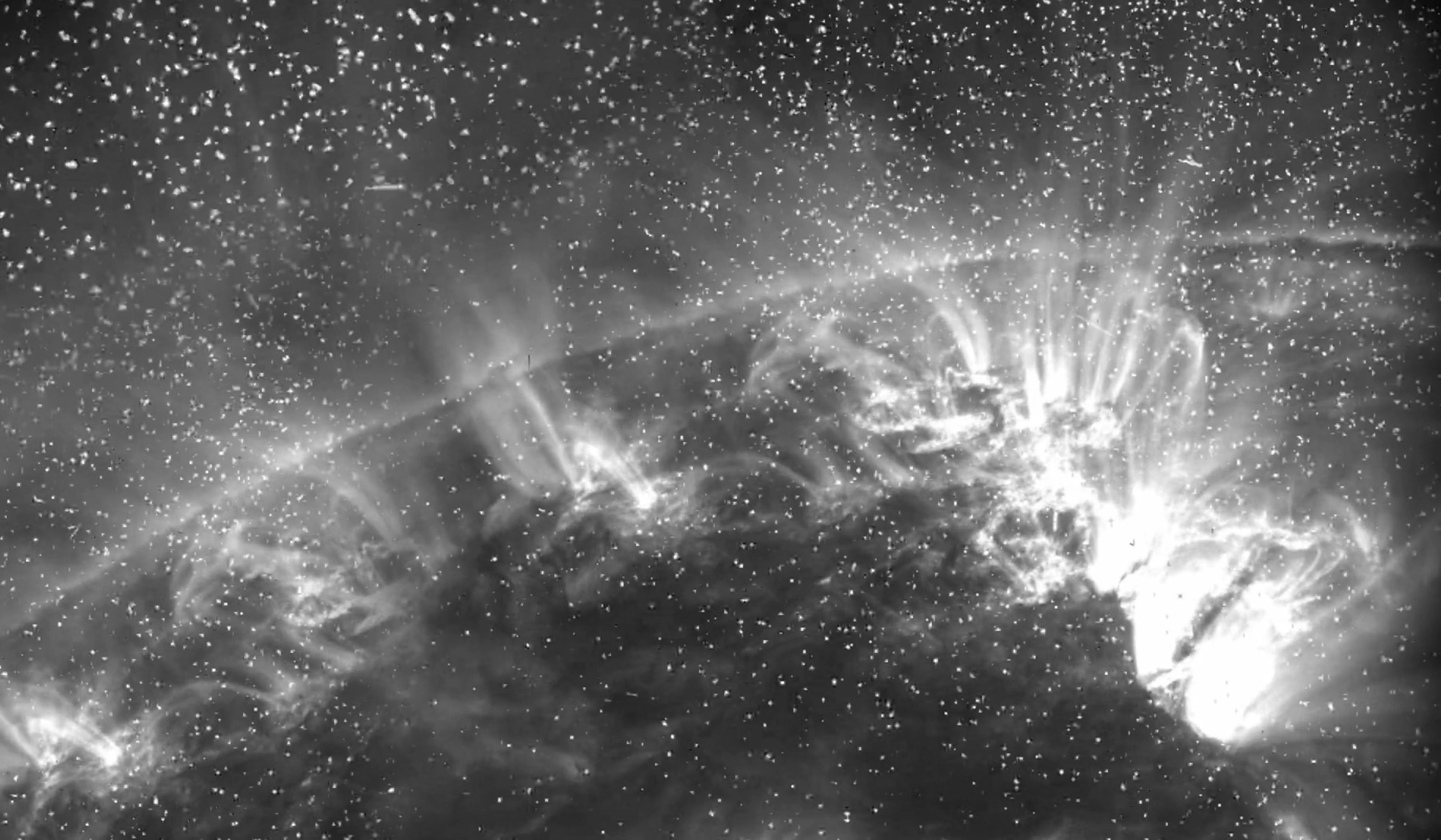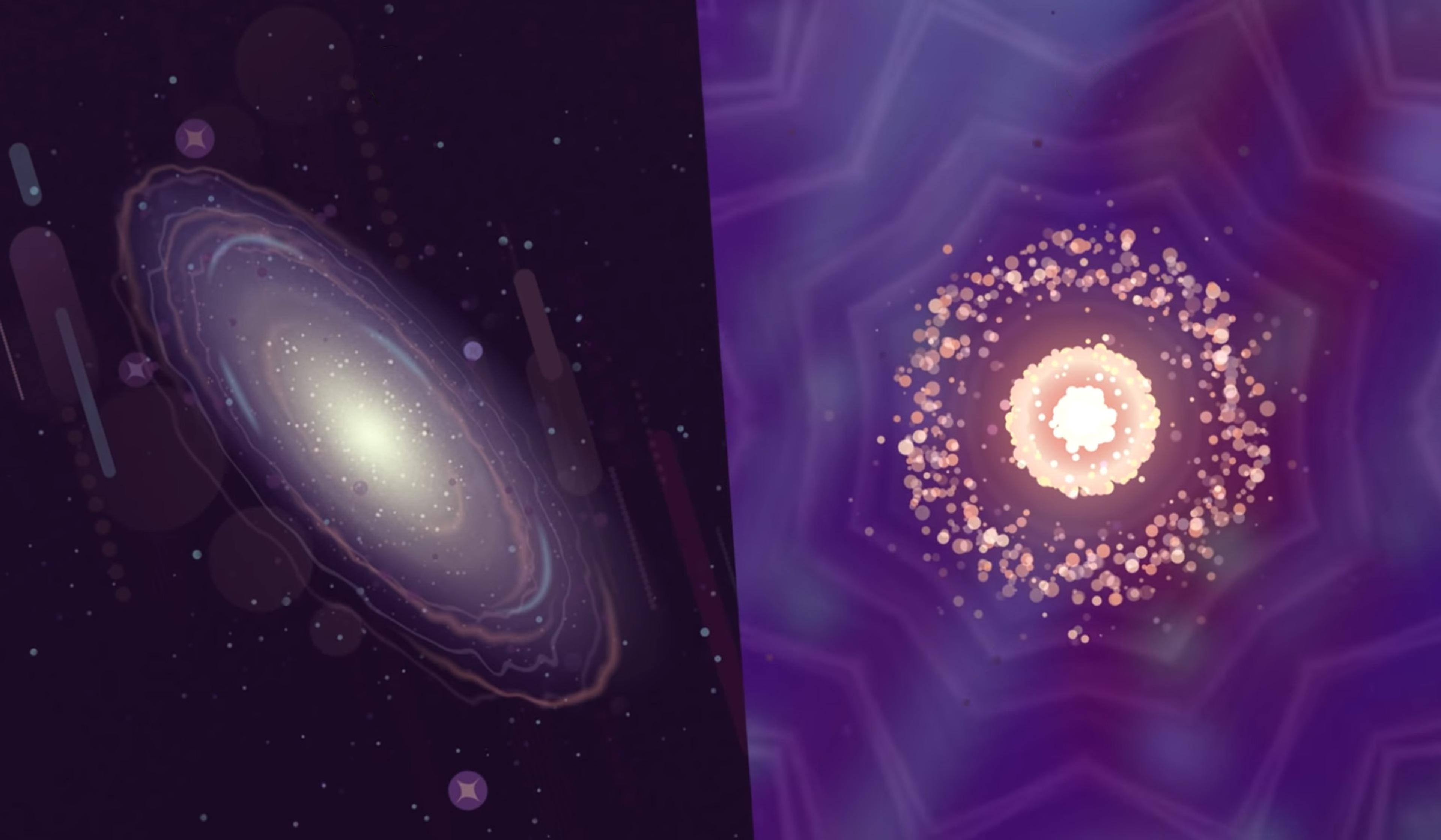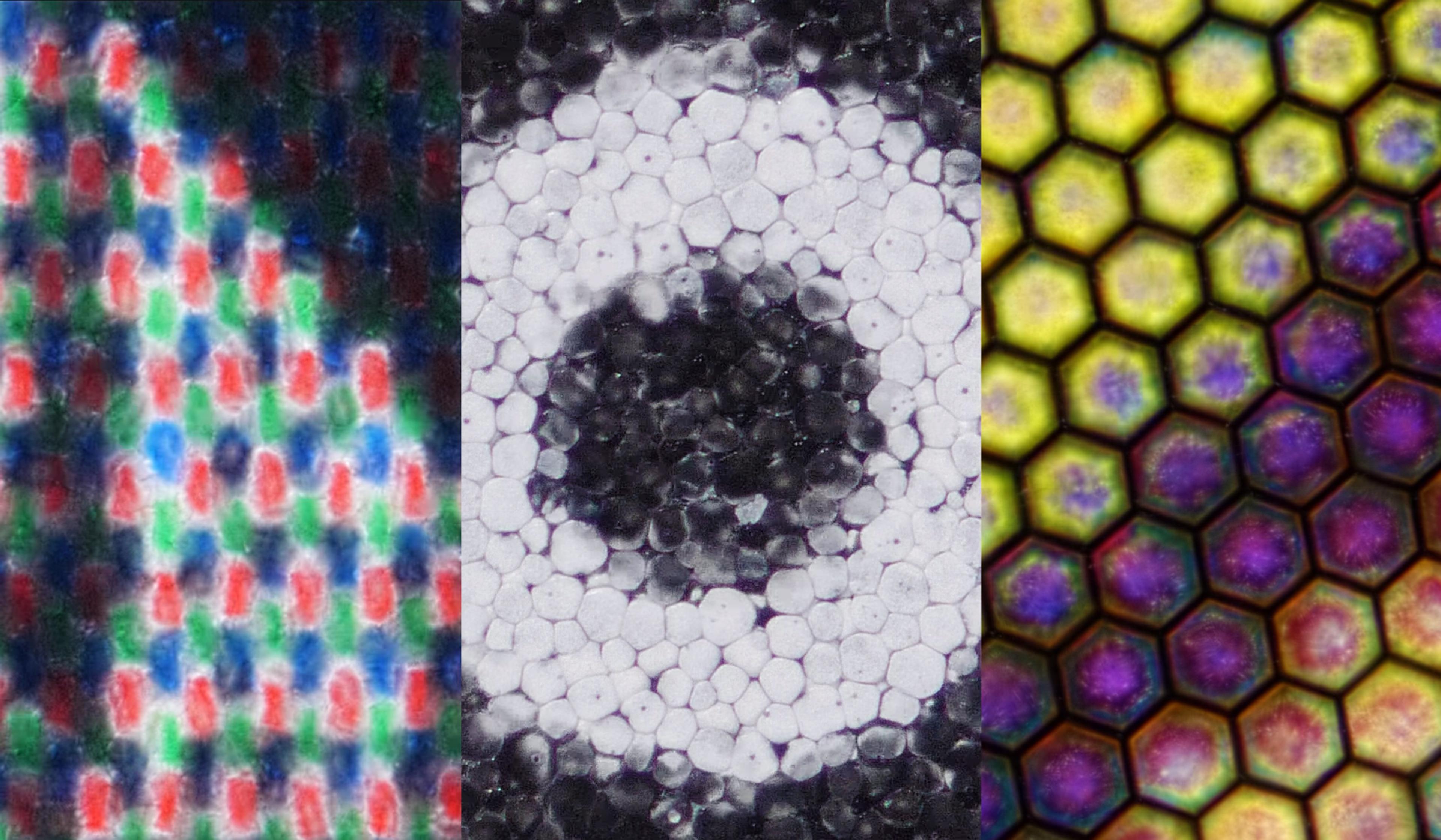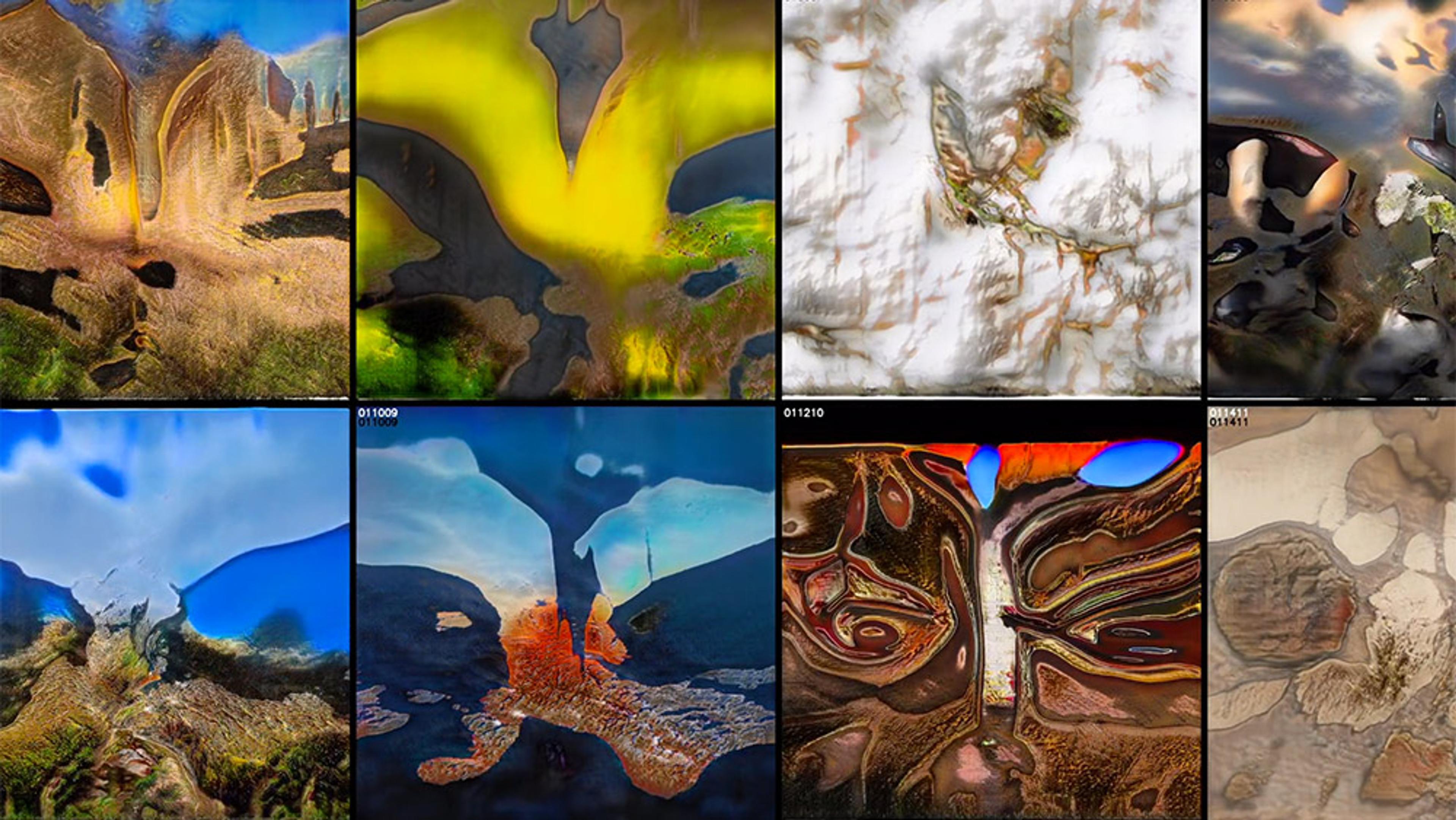Warning: this film features rapidly flashing images that can be distressing to photosensitive viewers.
The London-based artist Markos R Kay works at the intersection of digital art and science, building bridges between the sometimes esoteric work of scientists and the public. For his piece Quantum Fluctuations: Experiments in Flux (2016), Kay set out to visually express a quantum interaction – a phenomenon that’s notoriously unobservable. First, Kay crafted a scientifically informed visual style, incorporating influences ranging from the abstract expressionists to Richard Feynman. Kay then created ‘moving paintings’ from these visuals using computer software intended to mimic the supercomputers that simulate particle collisions at the Large Hadron Collider near Geneva. The sequence of events visualised in this excerpt from Quantum Fluctuations is as follows:
- Underlying event: representing the background particle interactions that occur in a hadron collider during a particle collision.
- Proton beam: hundreds of trillions of protons are accelerated to near the speed of light.
- Hard subprocess: the main event during a high-energy particle collision.
- Parton showers: radiation in the form of virtual quarks and gluons caused by the energy of the collision.
- Hadronisation: these particles become composite hadrons.
- Decay: unstable composites break apart and light is emitted.
There’s an idiosyncratic beauty to the resulting imagery and an inherent tension in the work, which melds careful planning with spontaneity, and offers an abstract peek into the unseeable. For the best experience, we recommend watching with your video player at the 4K setting. You can view Quantum Fluctuations in full at Sedition.








